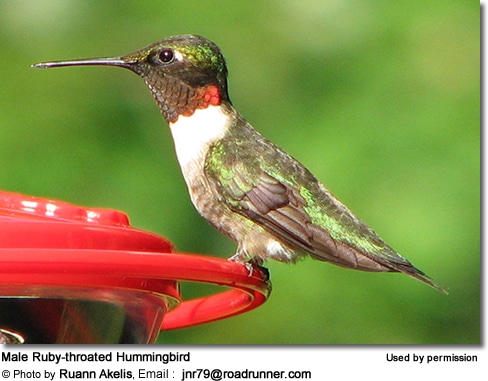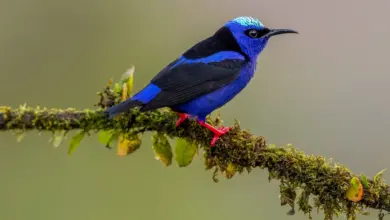Double-banded Sandgrouse
The Double-banded Sandgrouse (Pterocles bicinctus) occurs naturally in the arid parts of southern Africa.
Specifically, records of them exist in the countries of Angola, Botswana, Malawi, Mozambique, Namibia, South Africa, Zambia and Zimbabwe.
They are often seen in tussocky grassland and recently burned areas of scrub with green shoots starting to develop, along roadsides and tracks, on gravel patches; and in areas of scanty vegetation beneath scattered trees and scrubby woodland.
They are usually seen in pairs or small family units of one to five birds (mostly two or four).
Three subspecies are currently recognized:
- Pterocles bicinctus bicinctus (nominate form): Found in Namibia, Botswana, and the northwest of Cape Province
- Pterocles bicinctus ansorgei: Found in southwest Angola
- Pterocles bicinctus multicolor: Found in Zambia, Malawi, Mozambique and Transvaal
Description
The Double-banded Sandgrouse is moderate-sized with a plumb body, a small pigeon-like head, and a long tail and wings.
The plumage is mostly light brown with darker mottling and rows of whitish specks. Their eyes are surrounded by yellow bare eyerings.
Males can be identified by the orange beak, the black and white band on the forehead, and a chestnut throat area delineated by another black and white band. The female’s plumage is duller, and she is smaller.
Immature birds resemble the females.
Diet and feeding
Their diet mostly consists of seeds, such as Acacia, red pea (Requenia sphaerosperma), Tephrosia, Cyperus, blackjack (Bidens bidentata), and hairy thorn-apple Datura inoxia.
In the morning, they typically forage in dry areas away from water but move closer to the watering places in the afternoon, and again after dark.
Breeding
Sandgrouse are monogamous (form life-long pair bonds). Most breeding activities are observed between February and September, peaking earlier in the northern part of the range than in the south.
The male’s courtship display consists of walking in circles with his beak close to the ground and the tail raised high.
The nest is made on a slight depression in the ground in a concealed area. The nest is lined with a few bits of dried vegetation. The average clutch consists of 2 -3 eggs. The parents share the incubation duties.
The male incubates during the night and early mornings, and the female takes over during the day. The chicks hatch about 24 days later.
The hatchlings are fully covered in protective down, their eyes are open and they are active shortly after hatching, and they can feed themselves within hours of hatching.
However, they will remain with their parents for several months both for protection as well as to learn foraging and survival skills from the adults.



